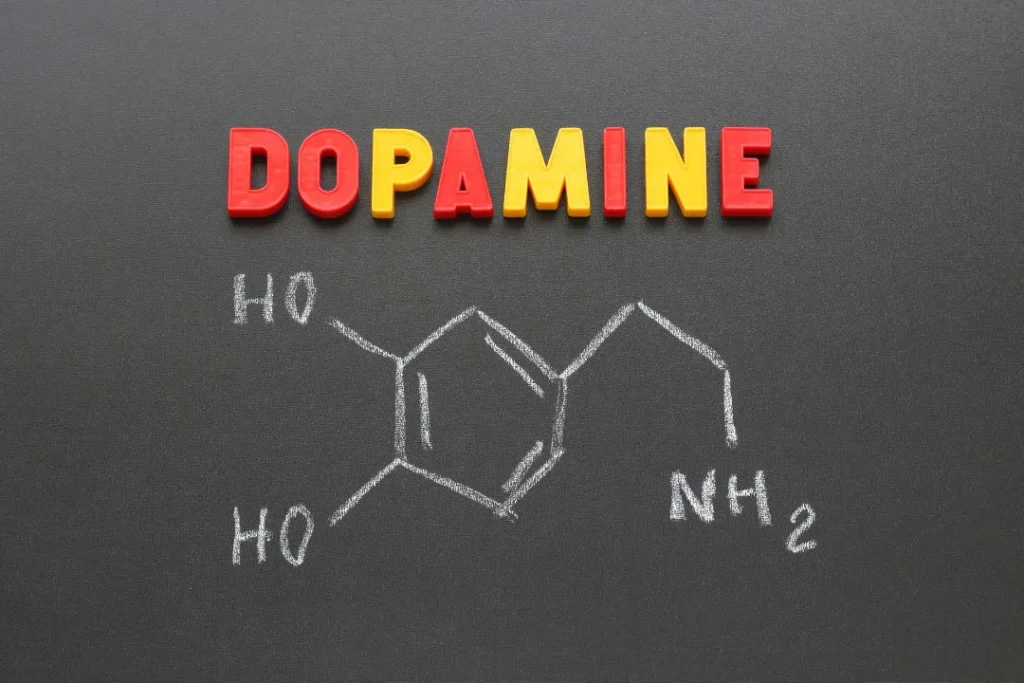The basic processes of eyesight, the immune system, reproduction, and cell communication all require the fat-soluble vitamin A. Despite not often being thought of as a nootropic, vitamin A aids in preserving brain health and enhancing focus and cognition. With a focus on its nootropic effects, this article offers a thorough overview of the chemistry of vitamin A and its mechanism of action on the body and brain.
Vitamin A: Benefits, Dosage, Side Effects, Drug Interactions, And Other Important Information is an original (OptimalHealthNews) article.
Nature of Vitamin A
Retinol, retinal, and retinyl esters contain fatty acids which are fat-soluble and these three make up vitamin A. Preformed vitamin A (retinol and retinyl ester, its esterified form) and provitamin A carotenoids, such as beta-carotene, are its two main dietary sources. Animal-derived meals include preformed vitamin A, but fruits and vegetables are rich in provitamin A carotenoids.

Health Benefits of Vitamin A
Health and well-being in general depend on vitamin A. Its notable health advantages include:
1. Vision: Vitamin A is essential for good vision, especially in dimly lit areas. It is a crucial part of rhodopsin, a retinal photoreceptor protein that facilitates vision in low-light conditions.
2. Immune Function: By controlling the development and differentiation of immune cells including T and B lymphocytes, vitamin A helps the immune system.
3. Cellular Communication: Vitamin A is essential for cell proliferation, communication, and differentiation, which supports the proper operation of multiple organ systems.
4. Reproduction: As it promotes the appropriate growth and differentiation of cells in the growing fetus, vitamin A is crucial for reproduction and embryonic development.
Chemistry of Vitamin A
Fat-soluble retinoids which include vitamin A have a beta-ionone ring and an isoprenoid side chain in common. The three main types of vitamin A that are present in meals produced by animals are retinol, retinal, and retinyl esters. Provitamin A carotenoids, including beta-carotene are found in plant-based diets and can be transformed by the body into retinol. The physiologically active forms of vitamin A, retinal and retinoic acid, can be produced by further running retinal through oxidation process.
Physiological Mechanism of Action of Vitamin A
It is thought that the following mechanisms underlie vitamin A’s ability to improve mental clarity andconcentration:
1. Neuroplasticity: It has been demonstrated that vitamin A and its derivatives, especially retinoic acid, affect neuroplasticity which increases the brain’s capacity to modify and rearrange neuronal connections in response to new experiences and learning. This control of neuroplasticity promotes the development of new memories, learning, and general cognitive function.
2. Vitamin A influencesthe synthesis and release of neurotransmitters as well. For instance, dopamine and serotonin which are essential for controlling mood, driving behavior, and maintaining cognitive function are partly controlled by vitamin A level in the body.
3. Antioxidant activity: Vitamin A possesses antioxidant capabilities that guard against oxidative stress and damage to neurons and other brain cells. Vitamin A contributes to the preservation of brain health and cognitive function by scavenging free radicals and lowering inflammation.
4. Neuronal differentiation and maintenance: Vitamin A contributes to the growth, maintenance, and differentiation of neurons, promoting general brain health and cognitive performance.

Optimal Dosage of Vitamin A
Age, sex, and life stage all influence the recommended daily dose of vitamin A. Retinol activity equivalents (RAE) should be consumed daily in amounts of 700 mcg for adult women and 900 mcg for adult men. Women who are pregnant or nursing have different recommended daily amounts, so it’s vital to talk to a doctor about how much vitamin A is right for you at these times.
Side Effects of Vitamin A
When taken at the recommended daily intake amounts, vitamin A is generally accepted favorably. However, excessive retinol (preformed vitamin A) ingestion might result in:
1. Hypervitaminosis A: Prolonged excessive vitamin A intake can result in a toxic buildup in the body, which can produce symptoms like nausea, vertigo, migraines, and even coma.
2. Birth problems: An excessive intake of vitamin A during pregnancy increases the likelihood that the growing fetus will have birth defects.
3. Liver damage: Excessive amounts of vitamin A can harm the liver and make pre-existing liver issues worse.
Potential Substance Interactions with Vitamin A
The following chemicals and drugs may interact with vitamin A:
Retinoids: When combined with high-dose vitamin A supplements, topical or oral retinoid drugs, such as isotretinoin or acitretin, used to treat skin diseases like acne and psoriasis, can raise the risk of vitamin A poisoning. Before combining these medications, a healthcare provider must be consulted.
1. Anticoagulants: When combined with anticoagulants like warfarin, high-dose vitamin A supplements may raise the risk of bleeding.
2. Orlistat: This prescription weight-loss drug may decrease the absorption of fat-soluble vitamins, such as vitamin A, which may result in vitamin A deficiency. When using orlistat, it is essential to talk with a healthcare provider about vitamin supplementation.

Best Responsible Use of Vitamin A
One of the best sources of vitamin A on the market is supplied by myPEAK Radiance, a product from myPEAK Supplements, in a synergistic and highly bioavailable formulation. These supplements also included other nutrients which can work synergistically in helping the absorption of vitamin A into the body.
In order to support cognitive functionand attention for people looking to improve their mental performance, myPEAK Radiance has been specially designed. You can take advantage of all the positive effects of this crucial nootropic supplement in a secure and efficient way because it offers a balanced and bioavailable source of vitamin A.
It is advised to adhere to the dosage and usage instructions provided by the manufacturer in order to get the greatest results. myPEAK Radiance’s nootropic effects on focus and cognition can be enhanced by combining them with a healthy diet, consistent exercise, and enough sleep.

Vitamin A:
Conclusion
Vitamin A is not a conventional nootropic, but studies show that it works in preserving the brain’s health and enhancing focus and cognition. Vitamin A is involved in improving the neuroplasticity of the brain and also controls the synthesis and release of neurotransmitters. However, the dosage of vitamin A being consumed must be controlled because excessive intake may lead to unwanted results such as toxic buildups and cause damage to the liver. It is advised to choose vitamin A based on reliable sources like myPEAK Radiance. Consultation with healthcare professionals is advised if you are on certain medications that may react to this supplement.
Important Note: The information contained in this article is for general informational purposes only, and should not be construed as health or medical advice, nor is it intended to diagnose, prevent, treat, or cure any disease or health condition. Before embarking on any diet, fitness regimen, or program of nutritional supplementation, it is advisable to consult your healthcare professional in order to determine its safety and probable efficacy in terms of your individual state of health.
Regarding Nutritional Supplements Or Other Non-Prescription Health Products: If any nutritional supplements or other non-prescription health products are mentioned in the foregoing article, any claims or statements made about them have not been evaluated by the U.S. Food and Drug Administration, and such nutritional supplements or other health products are not intended to diagnose, treat, cure, or prevent any disease.
